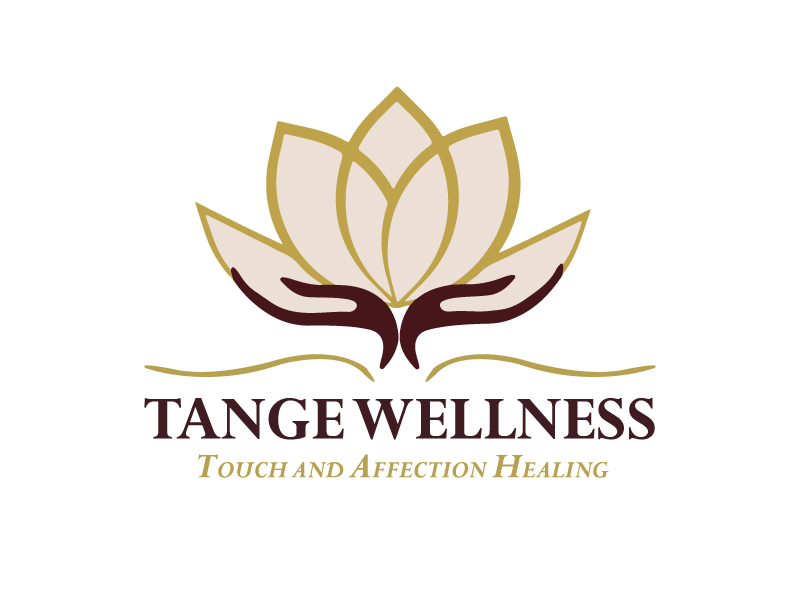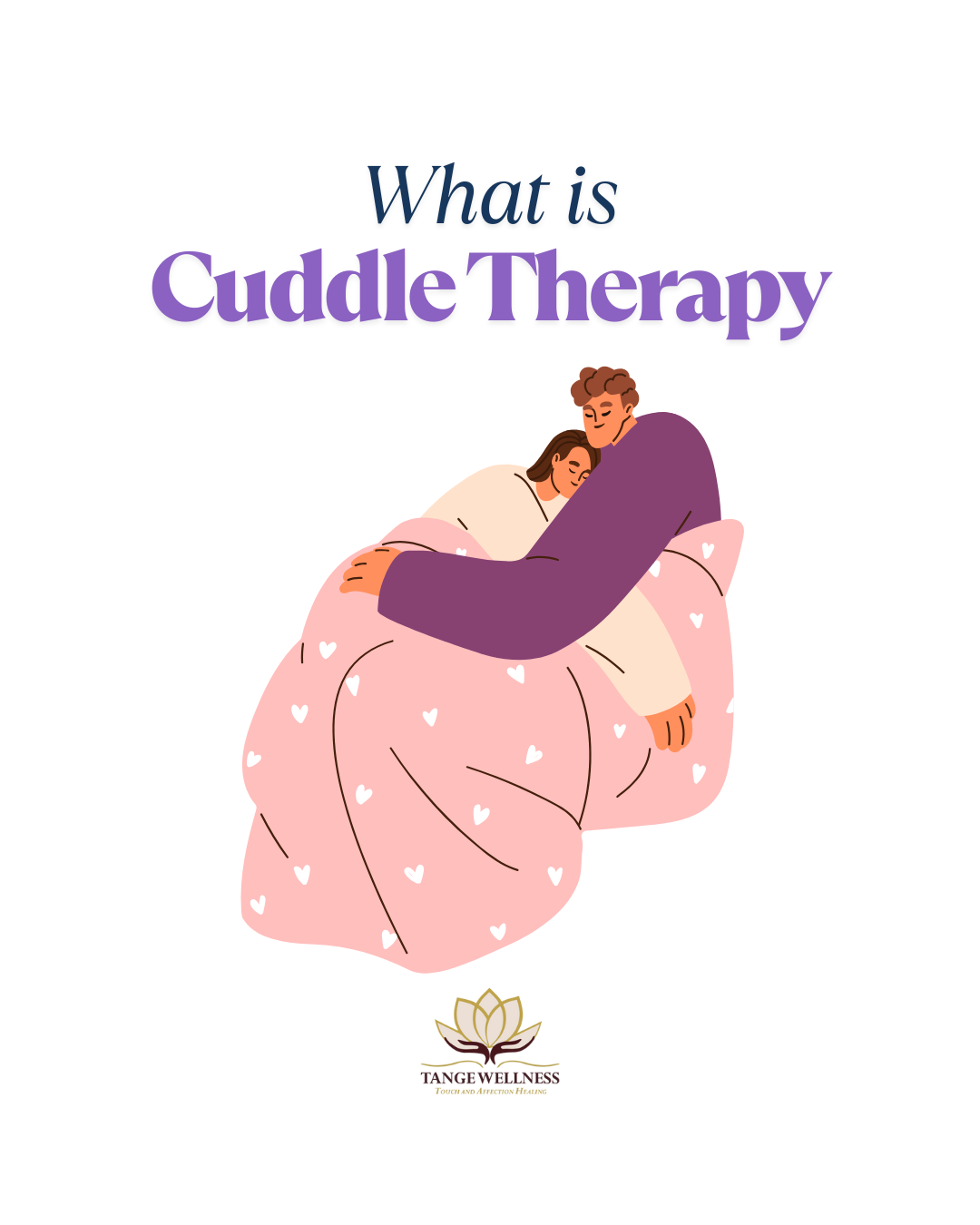A Trauma-Informed Approach to Healing Through Touch
What happens when we offer touch without pressure? When we slow down, listen, and create space for someone to feel safe in their own skin? We feel hopeful and as if we belong. Cuddle therapy makes room for exactly that.
At its core, cuddle therapy is a consent-based, non-sexual therapeutic practice. It centers safe, nurturing, platonic touch and is especially helpful for those navigating trauma, grief, touch deprivation, anxiety, or isolation. In truth, most of us can benefit from being held with care.
What Is Cuddle Therapy, Really?
Cuddle therapy, also known as professional cuddling or platonic touch therapy, is a structured, therapeutic experience where you receive intentional, affirming touch in a way that supports emotional healing and nervous system regulation.
In my practice, I offer what I call bidirectional therapeutic touch. Meaning, both client and practitioner are active participants as the touch goes both ways and is for both participants. We give and receive touch in ways that feel good, safe, and mutually appreciated, and judgement free.
This isn’t a one-way street. It’s not about fixing or rescuing. It’s about co-creating a space where you feel seen, respected, and cared for, and where your affection is received in return. You're allowed to ask for what you want, change your mind, say no, and explore safe touch at your own pace.
Who Is Cuddle Therapy For?
Anyone who has ever felt disconnected in their body or their relationships.
But especially people who:
Grew up with touch that felt confusing, conditional, or overwhelming
Are processing trauma, grief, or PTSD
Live with anxiety, depression, or loneliness
Feel starved for safe physical affection
Are neurodivergent and want structured, predictable connection
Are men or masculine-presenting folks who rarely receive nurturing touch without sexual pressure or preconceived “masculine” behaviors
How Cuddle Therapy Helps
There’s real science behind all of this which makes me laugh when people are surprised that I am a cuddle therapist.
Safe, attuned touch:
Releases oxytocin (the “bonding” hormone)
Lowers cortisol (the stress hormone)
Activates the parasympathetic nervous system (rest and digest)
Even more than that, it reminds you what it feels like to be cared for without strings, to be touched without expectation and to be seen and held, exactly as you are.
A Trauma-Informed Approach
I lead with consent, not assumption. Every session is a collaboration.
Being trauma-informed means our session looks like:
You are always in charge of your body
Nothing happens without a clear “yes”
You’re not expected to explain your trauma or push through discomfort
Boundaries are respected without question
Before we begin, we talk through what feels supportive. I might ask:
“Where on your body would touch feel the most supportive?”
“Would it feel good if I held your hand?”
“Would you like to lean into me, or sit side-by-side?”
Consent isn’t a one-time check the box and it’s done but an ongoing conversation. We check in often. You can adjust, take breaks, or pause at any time.
What Happens in a Session?
Every session begins with a grounding check-in. We talk about what you're feeling, what you're needing, and how you’d like to begin. It might look like sitting side by side, hand-holding, a supportive hug, back-to-back leaning, or simply being in quiet presence with one another. There’s no pressure to perform. No small talk required. Just presence, connection, and care.
Cuddle therapy often complements psychotherapy beautifully. Many clients come in already working with a therapist. Cuddle sessions offer a space to:
Practice communication and boundary setting
Rebuild trust in your body
Experience co-regulation and emotional safety
Some therapists refer clients directly when working through attachment wounds or nervous system overwhelm. Cuddle therapy reinforces what’s happening in talk therapy by offering it through the body. Talk therapy is neck up, unjumbling of thoughts and cuddle therapy is neck down, practical application of what you’re doing in therapy.
Frequently Asked Questions
Is this romantic, erotic or sexual?
No. Never. Cuddle therapy is a completely non-sexual service. Any inappropriate behavior results in the immediate end of a session.What if I cry or get emotional?
That’s okay. You’re not alone in that. Emotional release is welcome here, and you’ll be held with care and without judgment.Can I tell my therapist about this?
Absolutely. Many clients bring insights from cuddle therapy into their work with a therapist, and we welcome collaboration when it supports your healing.What if I get aroused and get an erection?
This is a very common and natural body response especially when receiving safe, nurturing touch. Arousal doesn’t always mean sexual intent; it can be a sign that your nervous system is relaxing or that you're experiencing human closeness in a new way.
You deserve to feel safe in your body. You deserve touch that nourishes, not demands. You deserve to experience presence without pressure.
Whether you're healing trauma, seeking connection, or simply wanting to feel more at home in yourself, this space is here for you.
Do you want to explor yourself? Book a free 15-minute phone consultation.
Let’s take the next step together, gently, intentionally, and on your terms.




